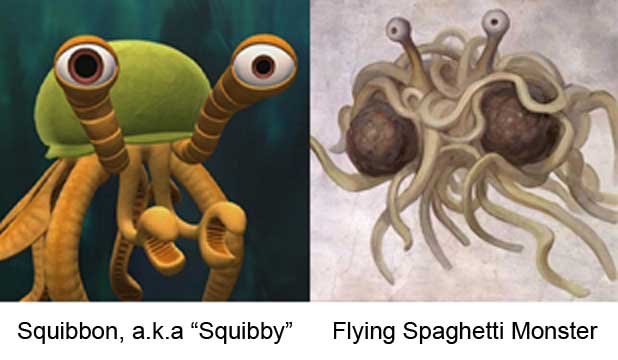Multiple news outlets have broken the story of a project which puts to rest a major argument supporting Darwinist ideology. It’s called the ENCODE (Encyclopedia of DNA Elements) project , described as a “Google Maps for the Human Genome.” NPR reports some initial conclusions and their implications:
For decades, scientists thought that most of our genetic code was essentially useless — basically filler between our genes. Only a tiny fraction — the part that has genes in it — really mattered, according to this thinking. […] What has been called junk DNA is actually teeming with an intricate web of molecular switches that play crucial roles in regulating genes. The ENCODE project scientists found at least 4 million of these regulatory regions so far.
This is fantastic research. I do wish scientists had never called any of it “Junk DNA.” That idea was born out of the evolutionary paradigm that dismissed it as “useless filler,” like the failed “vestigial organ” arguments of yesteryear. Ideas like that hold back scientific progress.
Looking at it from the perspective that this code is here for a reason, placed there by an intelligent designer, curiosity is sparked: “What’s it here for?” “What does it do?” “Let’s find out!” No, the most important concept in biology is not evolution. It is the notion that biological structures have a function and their purpose can be discovered through scientific research. Evolution News has a breakdown of this story which confirmations intelligent design predictions.
This takes away nearly all the genetic breathing room anyone had left to insert mythologies about the development of life on Earth. The new findings are a major upheaval and I expect there will be more information going “mainstream” in the coming weeks. Are you as excited as I am?
For more information on this project, see the video below and Nature‘s website.


